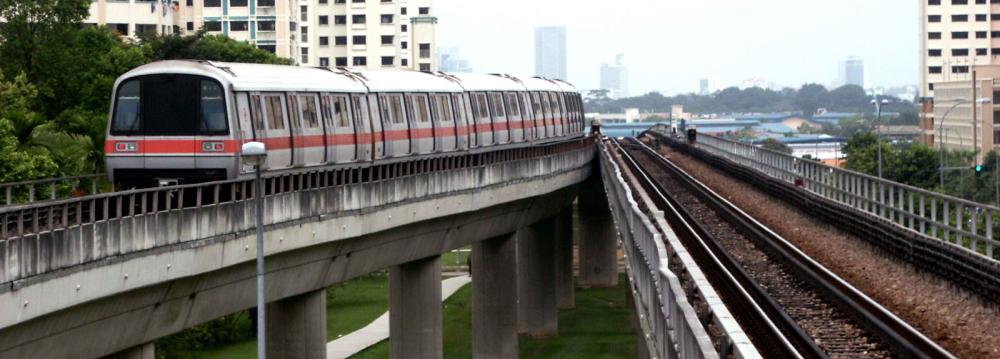South East Asia’s infrastructure needs a $2.1 trillion cash injection to meet the challenges of soaring populations, according to an HSBC report.
Joseph Incalcaterra, an economist at the HSBC, said planned infrastructure spending would only cover $910 billion, which was required to cope with an urban population set to rise by 90 million by 2030. CIPS reported.
Incalcaterra said it was unacceptable that factory-owners in Manila or Jakarta who pay double the price for electricity that their Chinese equivalents pay. “Poor infrastructure has restrained growth and put the ASEAN region at a disadvantage to its Asian siblings,” he said.
“To fill the infrastructure gap, more non-government financing is necessary, both from private sources and institutions such as the Asian Development Bank and new Asian Infrastructure Investment Bank,” he said.
More public-private partnership programs should also be created as the contribution from this source has so far been “tiny”, he said.
He acknowledged the trend for regional governments to increase infrastructure spending, particularly in the Philippines, Indonesia, Thailand and Singapore.
“The timing couldn’t be better: slowing external demand, low commodity prices and high household debt mean growth has decelerated steadily since 2012 in the Association of South-East Asian Nations,” he said.
While the shortfall remains, that higher infrastructure spending is helping to stabilize domestic demand and offset slowing global growth, he said. This will help the ASEAN region outperform the broader emerging-market economies, particularly in the Philippines and Indonesia, where growth should accelerate in 2016 and 2017 because of infrastructure spending.
The rule of the thumb is for low- to middle-income economies to spend at least 5% of GDP on infrastructure. However, only Vietnam has continuously met that benchmark, according to the report. Indonesia and the Philippines have been increasing infrastructure budgets, but red-tape has prevented effective disbursement until this year.
Incalcaterra noted that Thailand and Singapore had promised increased infrastructure spending and that Malaysia should attract investment.
“Governments across the region thus need to be much more aggressive with increasing PPP programs and instituting proper reforms to deepen capital markets. Only that will fill ASEAN’s gaping infrastructure pothole,” Incalcaterra added.
In July, estimates by the McKinsey Global Institute said that the world needs to spend a total of $3.3 trillion a year, or 3.8% of global GDP, if infrastructure is to keep pace with projected economic growth.
At current infrastructure spending levels, the institute predicted this target would be missed by $350 billion a year.


